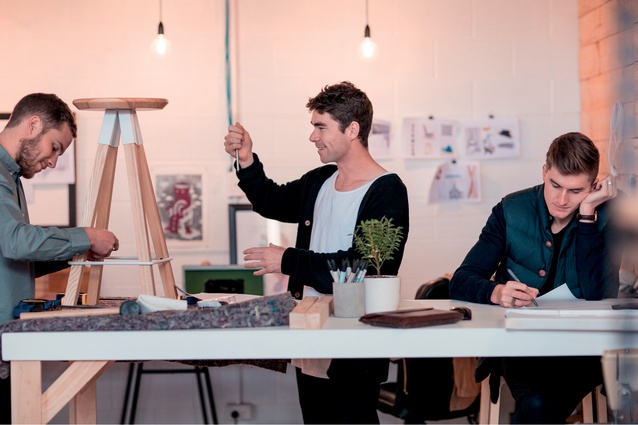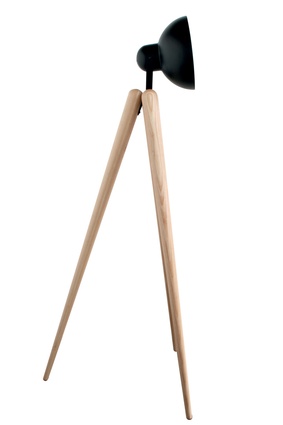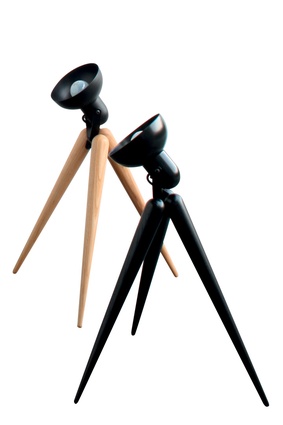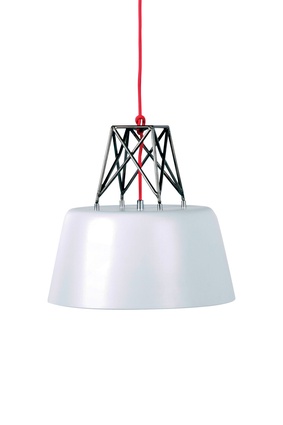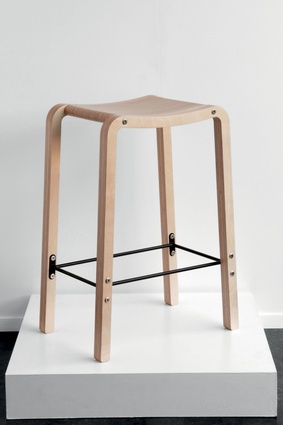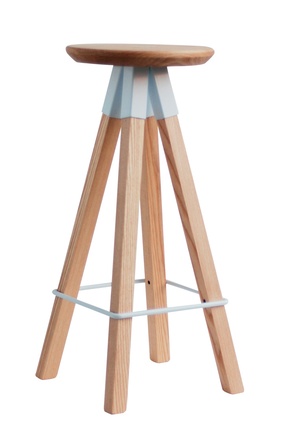YS Collective
How would you describe the ethos of Y.S Collective?
As a business Y.S Collective is made up of two separate, but mutually beneficial, parts. The first is our own product collection – contemporary furniture and lighting, designed by us and produced by clever manufacturers and craftsmen around NZ. The second half of the business is where we offer our services as contract designers. Both these aspects of the company are governed by the same basic ethos, that Y.S Collective is a platform for creativity, innovation and quality, timeless design.
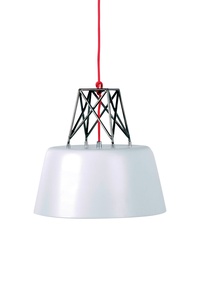
Your lighting and furniture products have a pared-back aesthetic. Do these simple forms belie the level of design engineering?
As more and more people are beginning to understand, it is often the simplest things that are the most complex to design. It’s not easy to make something simple yet unique and engaging enough for people to fall in love with. Products we design under Y.S can take hundreds of design hours and, often, a similar number of digital and physical iterations before we’re happy to release them.
Are there certain materials you prefer to work with?
Not really. Our favorite materials and processes are normally the ones we haven’t used before! It can be easy for designers to fall into a trap of only using materials that they are comfortable with. As young designers we think it’s hugely important to always explore new avenues, test things, push boundaries. We will often obsess over and experiment with a new material for weeks and sometimes that will translate into a new product idea. Our learning from these explorations then feeds back into the work we do for clients and vice versa. We work really hard to make sure we’re always doing something new; this should be evident in some of the products we release later in 2014.
Despite being a fledgling company, Y.S Collective is already collaborating with some big-name firms. Where to from here?
We were really fortunate to work with some great clients and retailers in 2013 and we only plan to continue to grow at that same rate. We want to continue to take on challenging briefs and we have a whole bag of new product ideas in development currently. We’d like to begin to make an impression overseas and continue working with all the awesome people we do already. Everything going to plan, in a few years Y.S will be one of those big firms itself.
What does New Zealand design have to offer the world?
We’ve been delighted to join the New Zealand design community and find it so welcoming. We’ve found other designers and professionals in the industry to be very forward thinking with regard to the old stigma around ‘the competition’. This kind of culture can probably be attributed to the fact that industrial design is very young in NZ and there is an unspoken understanding of the old saying ‘a rising tide raises all boats’. It means that designers here are very collaborative. Couple that thinking with the fact that New Zealanders seem naturally innovative, due to the restrictions of living on a tiny island on the edge of the earth and you’ve got a really unique advantage in the world. It feels like New Zealand design is just starting to mature, it was the perfect time for us to join and for the world to recognise us.
Technologies such as 3D printing are becoming more mainstream. Can craftsmanship survive in a high-tech world?
As mentioned, we haven’t limited our thinking purely to working with craftsmen and natural materials. We believe that digital manufacturing will be hugely important in the years to come and we are looking forward to working more in that medium. Having said that, we also believe that value in craft will never be lost. In fact, as digital manufacturing becomes more commonplace, craft will likely enjoy a renewed novelty; perhaps the future for design will lie in a combination of the two.

